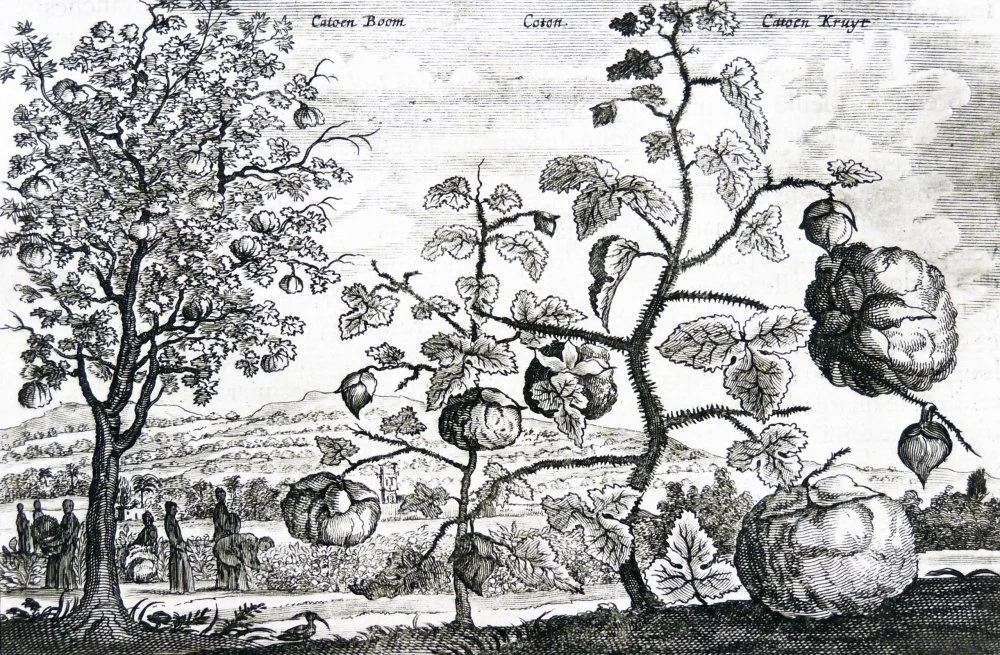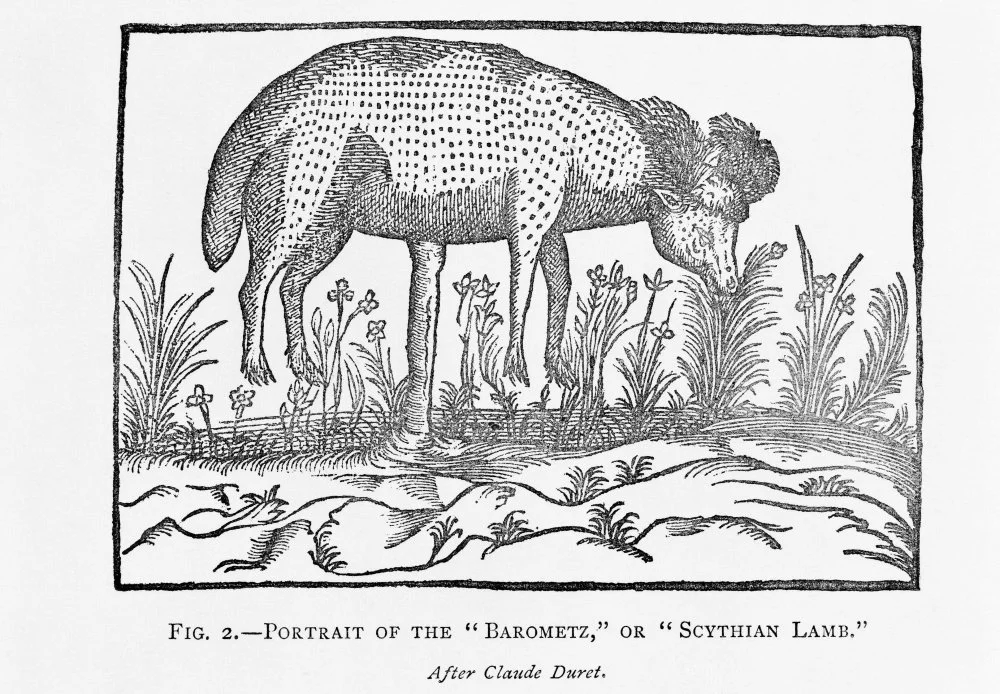
Cotton/Alamy
As Aristotle used to say, “nature abhors a vacuum”. We can add that the human consciousness as part of nature also abhors holes and vacuum. When we don’t know something and don’t understand it we usually plug that gaping hole to stop the unpleasant draft of the unknown. The unknown makes us feel uncomfortable, nervous and in danger. But this is cosy and liveable however strange it is.
Sometimes these made-up facts cement themselves within the public conscience so much that it is very difficult to remove the resulting stereotypes even with the solid facts. Unfortunately, myth is always more attractive than reality, although why unfortunately? Sometime a myth can be so entertaining that one may almost regret its demise. Just imagine how much more interesting living on our planet would be if the following information were correct.
Cotton
Cotton was unknown to Europeans for a long time, even though cotton fabrics found their way to the markets of Egypt and from there to Greece. Despite of this the knowledge about the origins of this fabric was rather vague. Some plant with wool growing on it. Maybe a bush. Or a tree.
“And the fruits if the wild trees give wool here, which is much more beautiful and durable than sheep’s wool (Herodotus1
“… there were also trees that had wool growing on them” (Megasthĕnes2
Of course, it not the most accurate description but not really shock horror. Shock horror appeared much later, towards the end of the Middle Ages, when European scientists started looking into the wisdom of the ancient manuscripts again. At that point cotton had been known in Europe for quite a while and there was nothing mystical about it, but the “woolly trees” of Herodotus and other Strabos have thrown some minds off balance. No one recognised cotton in that description, and because the great minds of the past wrote about them that surely meant that those woolly trees must have existed somewhere!
The woolly tree blossomed in the collective consciousness. They searched for it thoroughly and found it in Moscovia.

Engraving from Johann Nieuhoff. Cultivation of cotton in China 1666/Getty Images
Here is what Jacob Reitenfels3



The 'Barometz' or 'Sythian Lamb/Alamy
When the grass around it wilts, it dies…One thing is true, the wolves desire nothing more than this plant.” It is not known exactly who put out this tale to the Dutch messengers, but up until the start of the 19th century boranetz happily travelled from one encyclopaedia to the other, until it was banished from it by the more sceptical and knowledgeable minds who precisely identified the woolly trees of the Greeks as cotton and closed the subject of boranetz. However, some enthusiastic cryptozoologists still do not lose hope to one day find a little sheep in some dark woods, that managed to escape the wolves and the botanists.